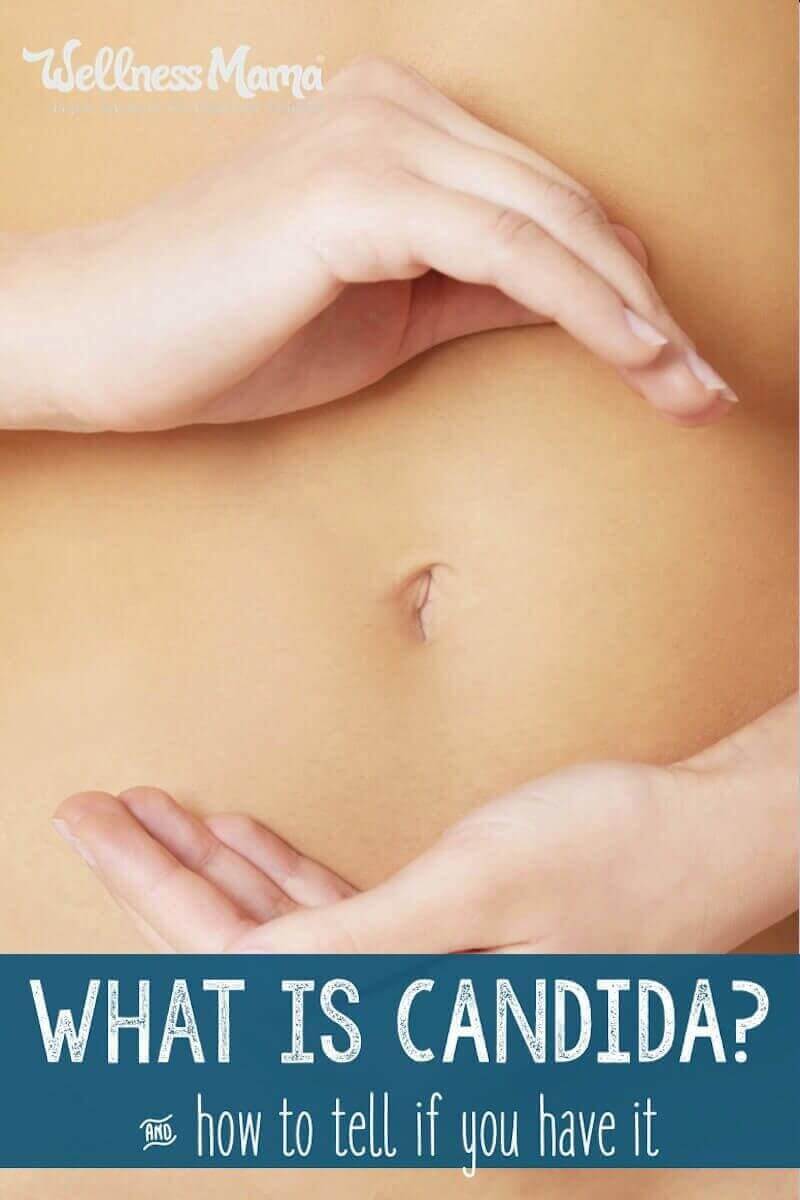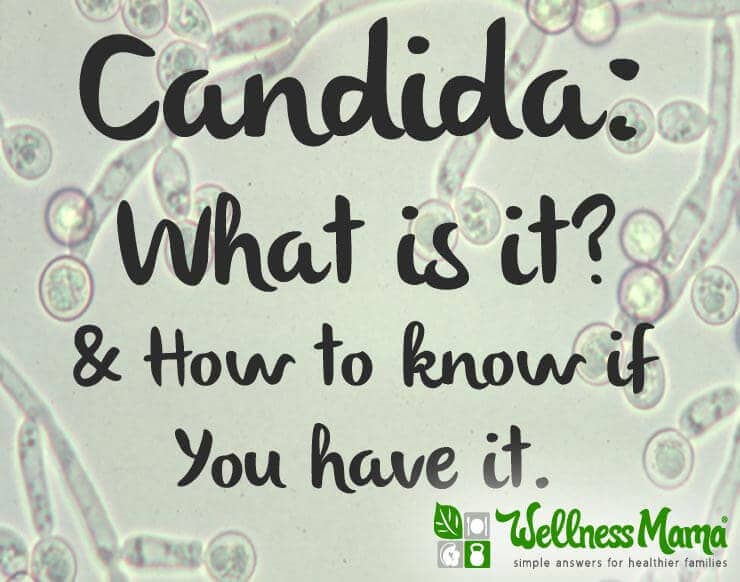It’s safe to say by now that we all know sugar is bad for our health.
We know that we shouldn’t consume it often, but that’s much easier said than done. Sugar is a sneaky, addictive substance and the break up isn’t always as easy as just making the decision to stop. That’s why we have to understand what it does to our biochemistry well enough to put an effective and long-lasting sugar-kicking strategy in place.
In some cases, it’s not our fault that we are collectively addicted to this stuff. Our food supply has changed so dramatically in the last 60 years, that we kind of got lulled into it.
For example, the average soda size in 1955 was only 7 ounces. Over the last five decades, it slowly crept up and now we have the Big Gulp weighing it at 128 ounces (that would be like 17 sodas in 1955)!
What Qualifies Something as an Addictive Substance?
- Having just a little bit creates a desire for more
- Suddenly quitting causes withdrawal symptoms such as headaches, mood swings, cravings, and fatigue
This addiction has led to a downward cycle of health issues including mineral deficiencies, thyroid imbalances, adrenal exhaustion, leaky gut syndrome, autoimmune conditions, and digestive and mood imbalances.
It’s a slippery slope, but sometimes the sugar cravings are bigger than us.
I have seen this so often in my practice and experienced it acutely myself. When someone comes to me with sugar cravings that “take over” (like a craving that has you running out for something sweet at 11pm in your pajamas) then I test him or her for Candida as a root cause not only of their sugar addiction, but also of all the issues listed above.
What is Candida?
Candida albicans is an opportunistic organism and pathogenic yeast. We all have it in our bodies, and most of the time, it’s harmless. But when it overgrows, it causes major problems and symptoms such as:
- Persistent constipation, bloating, or gas
- Mental fog you simply can’t shake
- Debilitating chronic fatigue/exhaustion
- Intense sugar cravings
- Chronic sinus infections
- Excess mucous
- Recurring vaginal yeast infections
- Persistent food or environmental allergies
- Depression and anxiety
- White coating on the tongue
- Hypothyroidism (Candida inhibits thyroid conversion)
In a perfect world, our good bacteria would keep Candida in check and it wouldn’t be a problem, only we are doing so many things daily to kill our good gut bacteria that so many people unknowingly struggle with it.
What Contributes to Candida Overgrowth?
- Antibiotics- even just one full-spectrum round can cause it
- Antibiotics in our meat supply
- Overconsumption of sugar and processed, refined foods
- Overconsumption of alcohol and coffee
- Chronic, prolonged stress
- C-section deliveries
- Mercury exposure from dental fillings, vaccines, & tattoos.
- Birth control pills
Any one or a combination of these things kill our good gut flora, thin our gut lining, and compromise our immunity enough to allow this opportunistic organism (and often times many other pathogens) to take over and dominate our gut health.
And when anything dominates our gut health, it’s only a short matter of time before it dominates our hormonal health and immune health.
How to Test for Candida
There are stool, blood, and saliva lab tests for Candida overgrowth. While I prefer to run an 8-day stool test on someone when looking for pathogens in their GI tract, many people cannot afford to run labs and many don’t want to go through the hassle of testing.
When that is the case, there is a fast, easy, free DIY Candida spit test you can do at home.
For six days, keep a pen and paper in the bathroom. When you wake up, (before you eat or drink anything), fill a glass of water halfway and spit a dime-sized amount of saliva into the glass.
Watch it a few times (you don’t have to stare it down) over a 45-minute period and record your results each day for six days.
Your saliva will either stay floating on top, it will sink to the bottom, or it will grow legs. If it stays floating on top, there is likely no Candida overgrowth to worry about, but if it grows legs or especially if it sinks, then Candida is likely an issue for you.
I have run this test in tandem with stool, saliva, and blood tests many times and it has proven accurate. The reason you must test daily for six days is to mitigate variables. Keep to your normal diet while testing.
I have a short video showing you exactly how to do this DIY test here.
How to Get Rid of Candida
If you have Candida, don’t worry; you can get it back in balance. You can break up with sugar, for good. You can get your thyroid working well again so that you have mental clarity and can lose weight and keep it off with greater ease. You can have good digestion, a strong immune system, and good moods.
We use a combination of a carefully crafted no sugar, no fermentation, diet (here are 52 Candida-diet friendly recipes) along with a 16-day antifungal rotation that includes grapefruit seed extract, oregano oil, olive leaf extract, and Pau D’arco. There are also GI cleansing agents involved like food grade diatomaceous earth and bentonite clay as well as the yeast eating strain of probiotic called saccharomyces boulardii.
This cleanse is then followed up with gut rebuilding agents to re-establish good gut flora, repair the mucosal lining, and rebuild hydrochloric acid. All of these components are necessary for lasting positive health changes and to be sure the Candida does not return. After digestive repair is achieved, then we give the thyroid and adrenals a boost.
Note: if you are pregnant or nursing, you cannot take the majority of the supplements recommended, except the probiotics. You can instead increase antifungal food sources on a smaller scale.
After a decade in private practice and working with thousands of real people, I cannot have a stronger belief in the power of the human body. When you give the body what it needs and remove what burdens it, it will heal itself and it will thrive.
You don’t have to live your life craving sugar, being tired, or managing a litany of other uncomfortable symptoms. You can use food as your medicine to heal and to thrive.
Do you have symptoms of candida? Ever been tested? Want to try out the Candida Protocol? Share below!



Leave a Reply